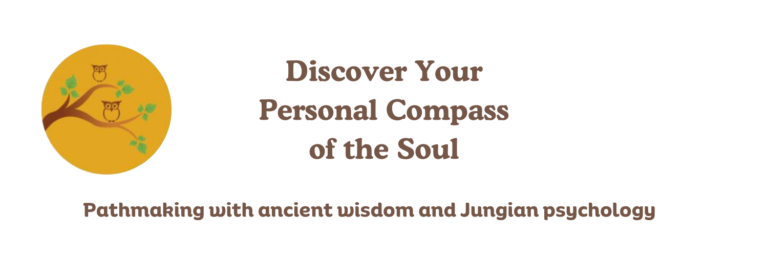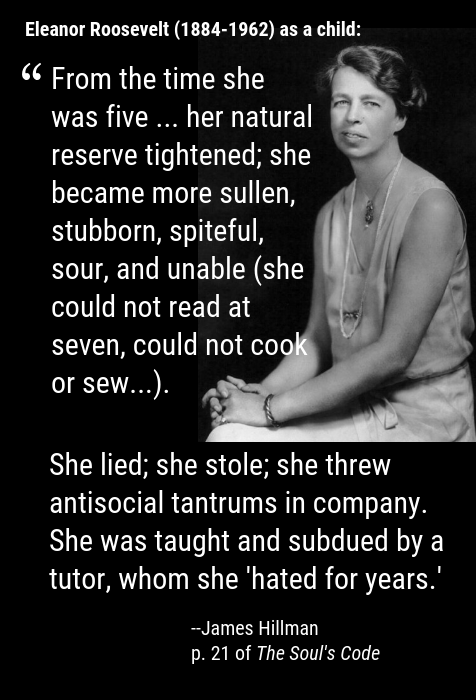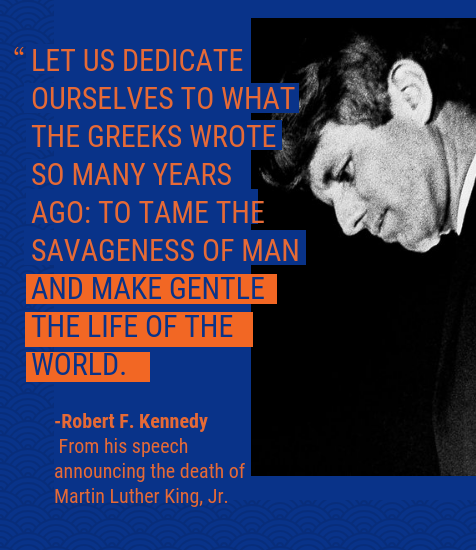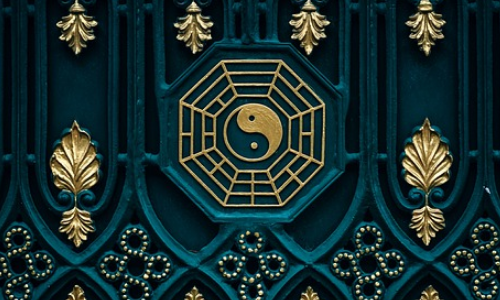Wounding of the bright
Sometimes it is necessary to hide your light.
That is the message of Hexagram 36, Darkening of the Light, from the I Ching, which is our hexagram host for this final week of Pisces season.
But wait a minute. Isn’t it good to let your light shine and be authentic?
The poet David Whyte’s brief essay on Hiding describes the necessity of hiding:
We live in a time of the dissected soul, the immediate disclosure; our thoughts, imaginings and longings exposed to the light too much, too early and too often, our best qualities squeezed too soon into a world already awash with ideas that oppress our sense of self and our sense of others. What is real is almost always to begin with, hidden…What is precious inside us does not care to be known by the mind in ways that diminish its presence.
Per Wilhelm’s translation, in times of darkness “it is essential to be cautious and reserved.”
One should not engage in “inconsiderate behavior,” fall in with the practices of others or, conversely, “drag them censoriously into the light.”
When there are difficulties in your immediate environment, one must remain steadfast. Per Wilhelm, you can do this by maintaining your “inner light, while remaining outwardly yielding and tractable.” With an attitude like this you can “overcome even the greatest adversities.”
Furthermore, “In social intercourse one should not try to be all-knowing. One should let many things pass, without being duped.”
We turned the clocks ahead one hour this past weekend, and waking up in what is now darkness, it feels blinding when I turn on the light. My eyes and body aren’t ready to be dragged into the light.
Metaphorically speaking, that is what it is like when we shine our light at inappropriate times.
There is a quote from Ashok Bedi that comes to mind:
As we continue to individuate, we come to terms with…our formative, life-defining influencess and experiences…We accept ourselves as we are, and consequently are better able to accept others as they are. We are detached, but remain caring.
I like that phrase of detached caring. That seems to be the kind of equanimity this hexagram describes and it requires some hiding to cultivate that.
As we enter this final week of Pisces (and winter) with its wounded light, keep in mind the bright light of the exalted Aries Sun is right around the corner.
Don’t hesitate to hide a little longer in the waters of Pisces. David Whyte again: “Hiding leaves life to itself, to become more of itself. Hiding is the radical independence necessary for our emergence into the light of a proper human future.”
REFERENCES:
I Ching or Book of Changes translated by Richard Wilhelm
Consolations: The Solace, Nourishment and Underlying Meaning of Everyday Words by David Whyte
Path to the Soul by Ashok Bedi
WHAT I OFFER:
Writing:





